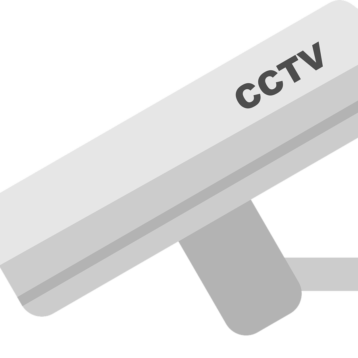
Testing, manufacturing, or even repairing optical elements requires ideal conditions where the optical devices do not move. Only then can optical engineers and manufacturers develop baseline data for their products. After all, a slight deviation in position affects the experimental results and further studies into the subject. However, these ideal conditions do not exist even in labs. And the engineers and manufacturers must thus devise a way to create them using the optical table.
What is an Optical Table?
Natural vibrations can affect optical device testing, manufacturing, and repairing processes. They shift the devices from their positions, resulting in different results in what should be similar experiments. The optical table is thus a platform that ensures these devices remain in place by preventing floor and other vibrations from affecting the processes. This function makes them a go-to for most testing labs and manufacturing facilities.
How Does an Optical Table Work?
In testing, manufacturing, or repairing processes, a slight vibration can alter the results and force you to restart the process. However, stopping such vibrations is often easier than said because they can result from the slightest movements. Even someone walking past the optical device can result in a change in position!
Thus, the primary function of the optical table is to hold optical devices in place, ensuring they do not shift even to the closest nanometer. And because most experiments rely on a microscopic scale, the optic table is integral. It relies on the following aspects:
- Rigidity: Given that the optical table offers support to optical devices, it should be unyielding to external forces. Manufacturers often avoid materials like plastic, resin, and wood, which are often not rigid. In most cases, you will find tables made of aluminum, steel, carbon, and other thick materials. And along this line, the optical table boasts three features.
- Dynamic rigidity: This type prevents external vibrations from affecting the optical devices. Such vibrations, which result from heavy machinery or people walking by, are often vertical and can affect experimental results.
- Static rigidity: Besides vertical vibrations, the optical devices can also suffer a change in position due to items on the tabletop. Moreover, activities during the experiment can affect their microscopic scale. Static rigidity covers these forces.
- Vibration dampening and isolation: Vibrations can adversely affect any experiment. The optic table thus boasts vibration-dampening and isolation aspects. These reduce the vibration frequency as it moves through the table. And thanks to the pneumatic isolators in the legs of the table, the vibrations get stabilized, ensuring they do not reach the optical devices.
- Flatness: Balance is vital in preventing vibrations from affecting the optical devices. As such, optical tables are perfectly flat. This flatness also boosts the security of the table by preventing devices from rolling off mid-experiment. Additionally, the tables have mounts to keep them from tilting or rocking. Some even come with threaded attachment holes to secure mounts to the tabletop.
- Sturdy Technical Components: Stability is integral to the optical table, and its components are crucial to achieving this. The top plate, which often features aluminum or stainless steel, boasts a rigid surface that can handle heavy loads. Some also feature heat-resistant materials for use in hot environments. The body often features steel or alternative dampening materials for shock absorption and sturdiness. The legs are also shock-absorbent to ensure minimal vibrations travel through the table for optimal stabilization.
This setup allows you to enjoy vibration isolation and focus on your experiment without stability-related errors.
Should You Get an Optical Table?
Regular workstations and lab tables do not boast the rigidity, flatness, and security found in optical tables. Thus, if you have a critical testing, manufacturing, or repairing process underway, it’s best to invest in a high-quality optical table. At EKSMA, we provide optical tables and their components to help you achieve the highest level of accuracy in all your processes!










